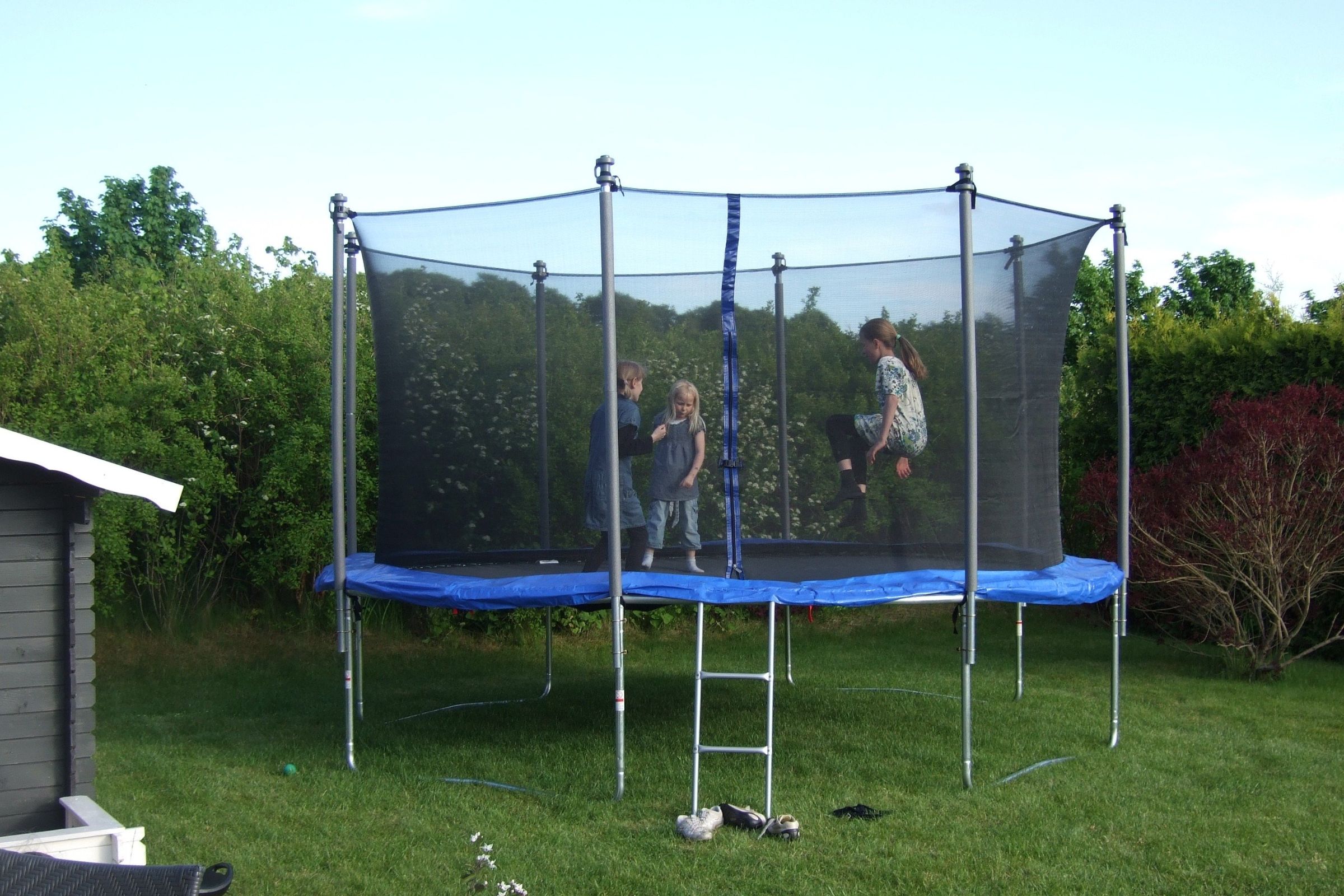 January 15, 2025 12:00 pm
January 15, 2025 12:00 pm
Setting up a trampoline in your backyard is an exciting way to encourage outdoor fun, but it’s crucial to ensure a safe and stable installation. Uneven or unstable ground can lead to tipping, shifting, or even accidents. That’s where trampoline blocks come in—they’re a simple, effective solution for leveling and stabilizing your trampoline setup. In this guide, we’ll show you how to level ground for a trampoline and why using blocks is the best method for achieving long-term safety.
Why Proper Ground Leveling Matters
Trampolines require a flat and stable surface to function safely. Uneven ground increases the risk of instability, which can cause the trampoline to tilt or wobble during use. Ensuring ground stability also prevents long-term issues like sinking legs or wear on the frame.
Trampoline blocks are an excellent tool for addressing these challenges. Designed to support the legs of your trampoline, they offer consistent stability even on sloped or uneven surfaces. Using blocks not only simplifies the leveling process but also ensures a secure setup for years to come.
Step-by-Step Guide to Leveling Ground for a Trampoline
1. Prepare the Area
Before setting up your trampoline, start with a clean slate:
- Clear debris: Remove rocks, roots, and other obstacles from the area where the trampoline will be placed.
- Choose the right location: Select a spot with minimal slope and plenty of clearance from trees, fences, or other structures.
2. Assess the Ground
Next, evaluate the levelness of the ground:
- Check for uneven spots: Use a long straightedge or level tool to identify high and low points.
- Mark problem areas: Flag areas where the ground is significantly uneven to guide your adjustments.
3. Use Trampoline Blocks
Trampoline blocks are a game-changer for uneven surfaces:
- Position the blocks: Place a block under each leg of the trampoline, adjusting height as needed to achieve a level setup.
- Test for stability: Once all legs are supported, gently press down on the trampoline to ensure it feels secure and balanced.
4. Secure the Setup
For added safety:
- Anchor the trampoline: Use ground anchors to prevent movement during high winds or intense use.
- Check stability: Walk around the trampoline to confirm it’s level and doesn’t wobble.
Benefits of Using Trampoline Blocks
Using trampoline blocks provides several advantages:
- Prevent Sinking: Blocks distribute weight evenly, preventing legs from sinking into soft or wet ground.
- Long-Term Stability: Blocks keep the trampoline stable even on sloped or uneven surfaces.
- Easy Adjustments: Trampoline blocks are simple to install and can be adjusted as needed for different terrains.
Additional Tips for Trampoline Safety
- Inspect Regularly: Check the blocks and trampoline legs for wear or shifting over time.
- Use Protective Covers: Covers can protect trampoline blocks and frames from weather-related damage.
- Follow Weight Limits: Avoid overloading the trampoline to maintain its balance and safety.
Conclusion
Leveling the ground is a critical step for a safe and secure trampoline setup. By following this guide and using trampoline blocks, you can ensure a stable and enjoyable play area for your family. Whether you’re dealing with uneven ground or soft soil, blocks provide a simple, effective solution to maintain ground stability and prevent accidents.
For high-quality leveling products, explore Level Dry’s range of trampoline blocks and accessories. With the right tools and preparation, you can create a safe, fun space that lasts for years!
Categorised in: Uncategorized
